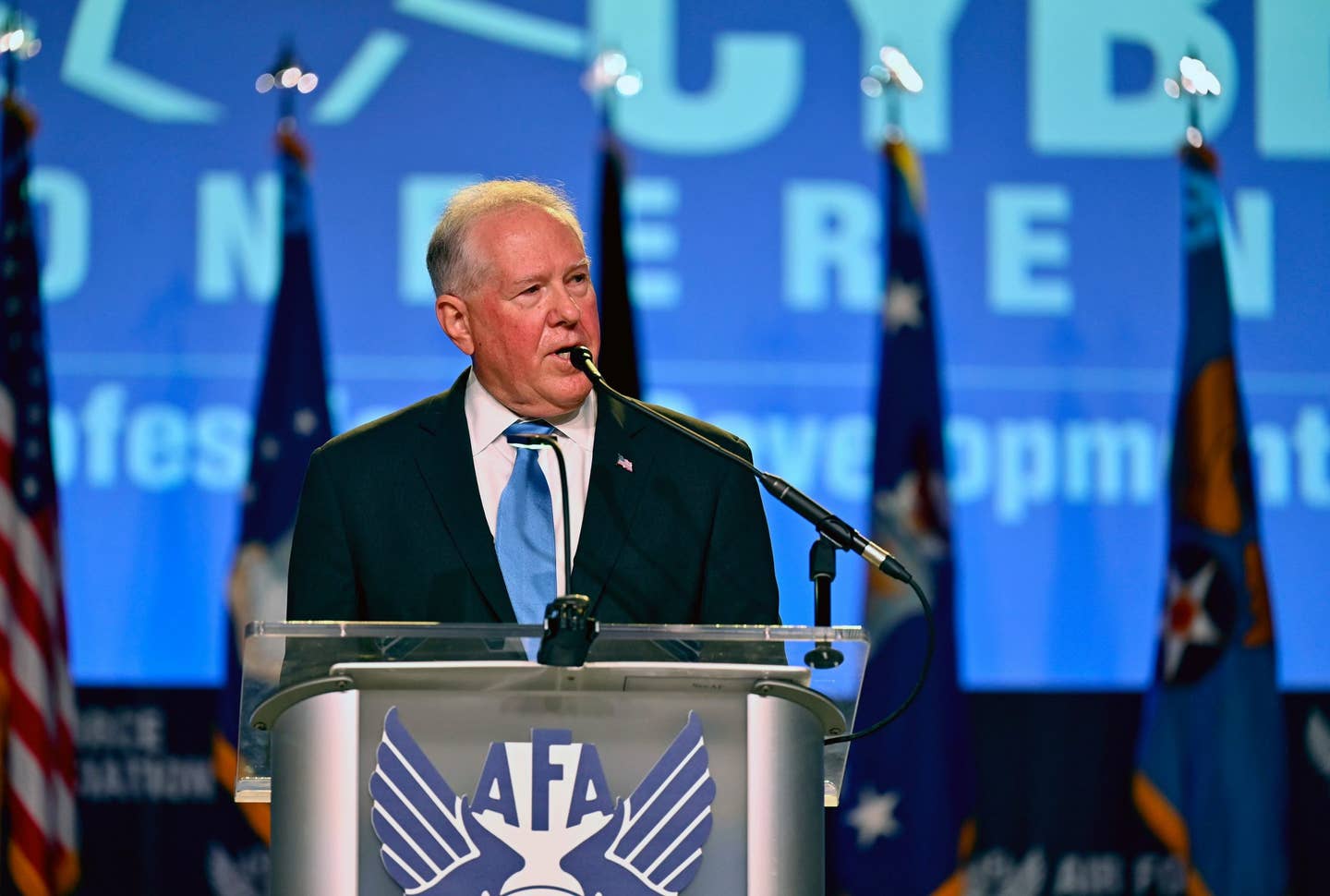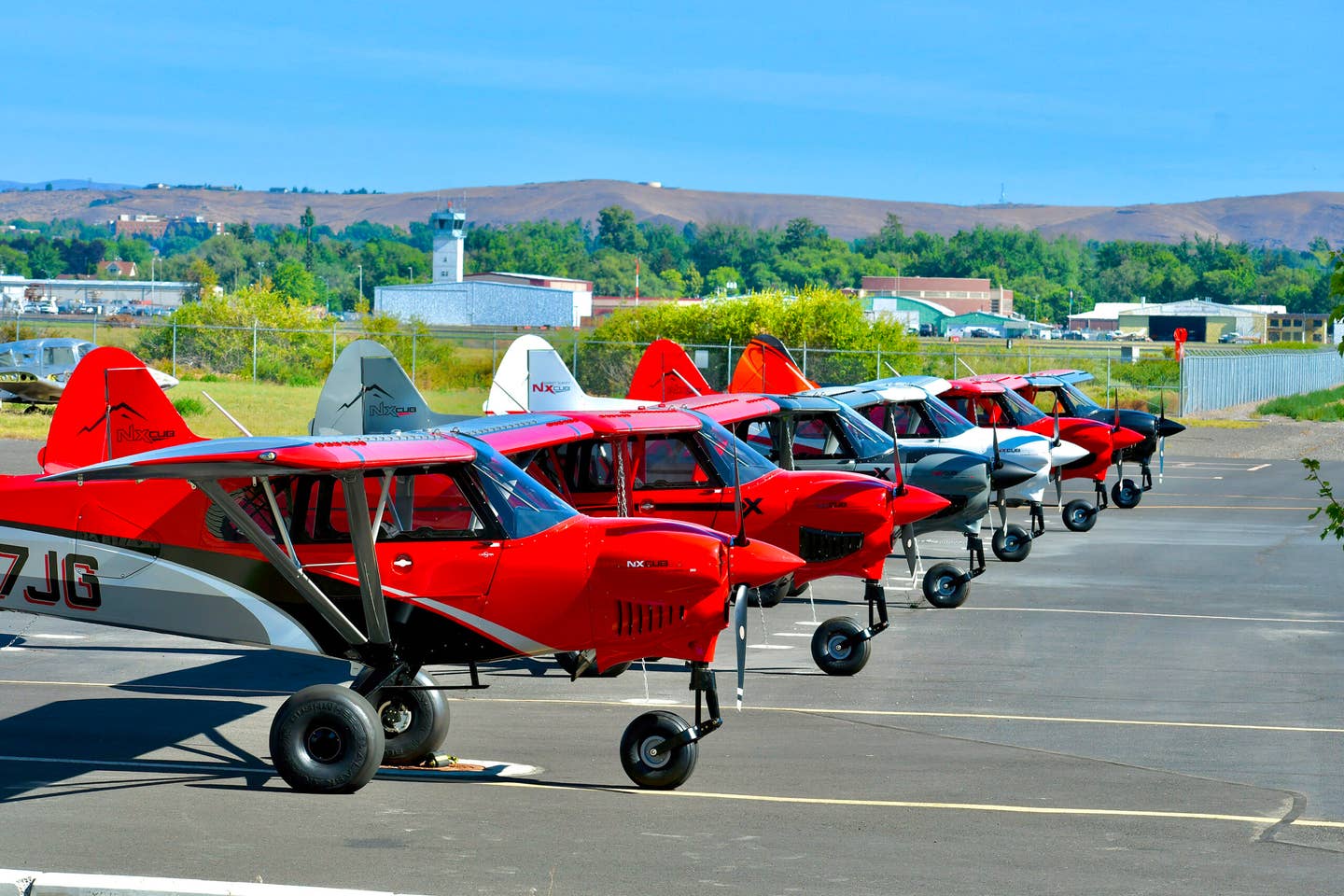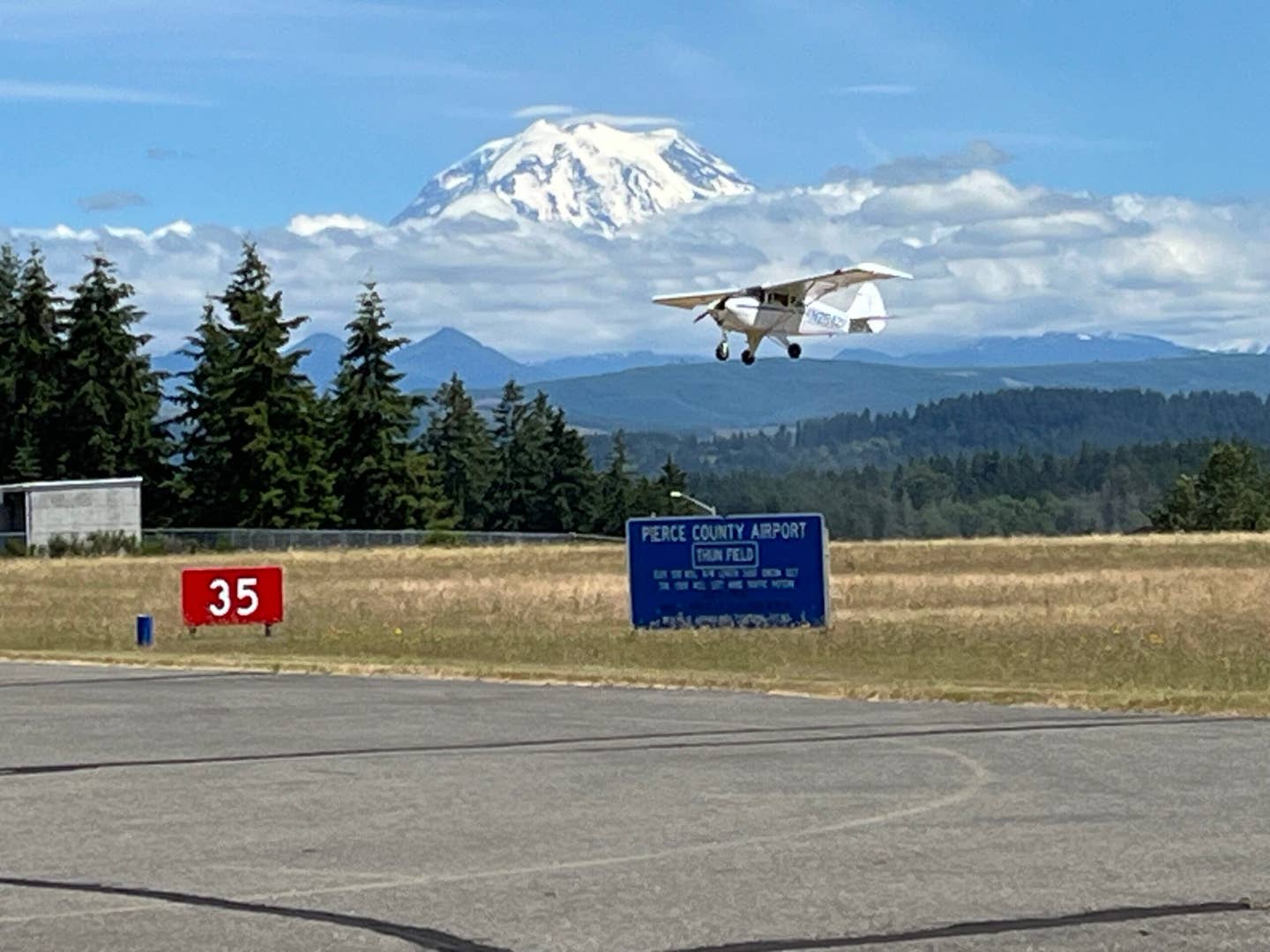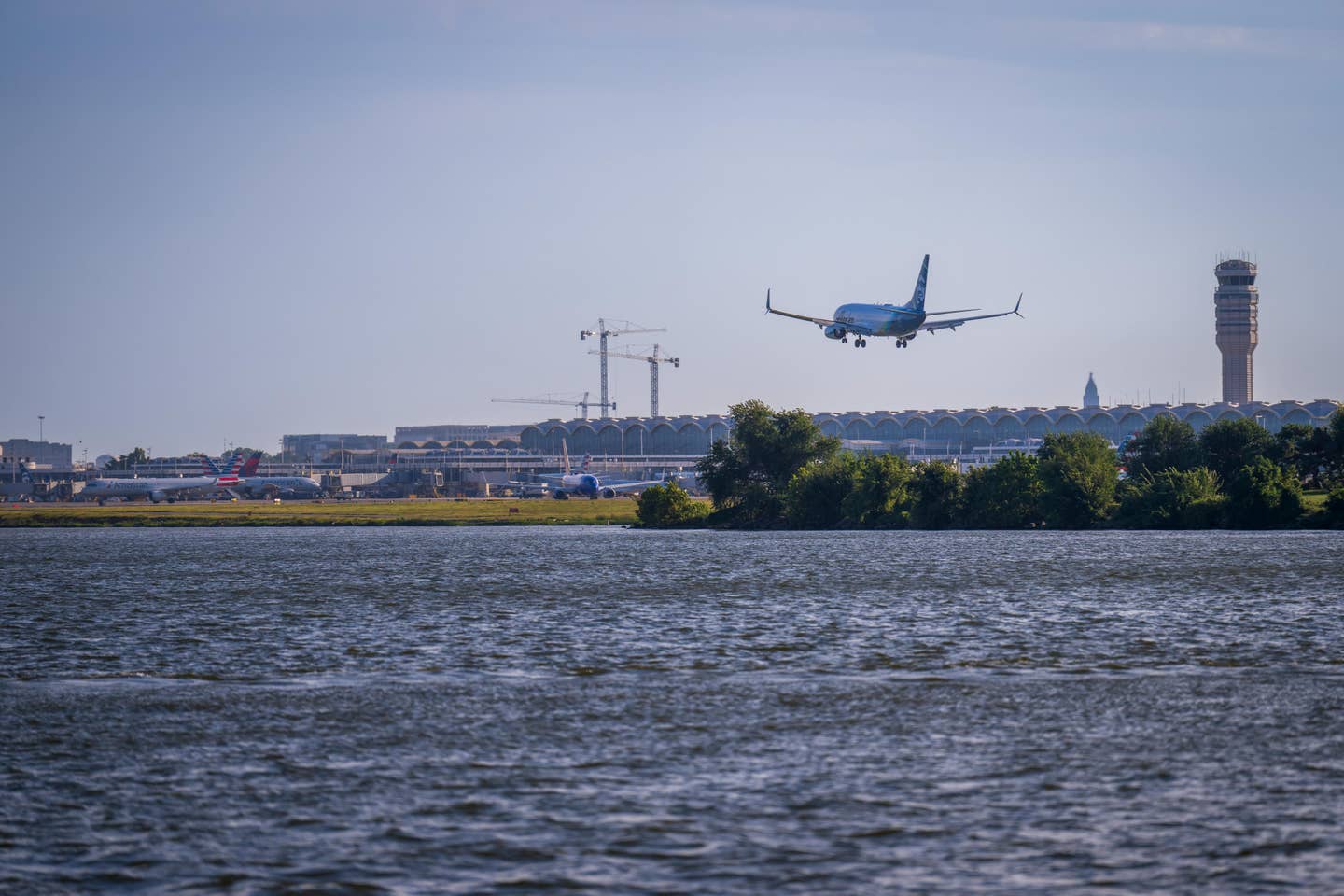
The NGAD program has progressed to development, Air Force Secretary Frank Kendall confirmed. [Courtesy: USAF]
The command structure is set. The official military doctrine outlining the theory of independent space power has been codified. The official seals, motto, and flags have all been signed off on. Even the PT uniform, emblazoned with the Star Trek-esque delta emblem at the running shorts hemline, is being wear tested.
It’s all part of the massive ramp-up underway, readying U.S. Space Force (USSF) to engage in a new era of national defense where commercial space and military interests collide.
“While America is still the dominant military power on the planet today, we are being more effectively challenged militarily than at any—any—other time in our history,” Air Force Secretary Frank Kendall said Monday.
That challenge is no longer strictly terrestrial. In an era of commercial space tourism and satellite dependence, space has gone from a benign environment to a contested one, according to one top Space Force official.
“We don’t have decades. We’re in a race with some serious adversaries that mean to deny us those advantages that we get in space,” Lt. Gen. B. Chance Saltzman, USSF Deputy Chief of Space Operations, told attendees of the Air Space Cyber Conference Tuesday.
“Notably, it’s clear that our strategic international competitors have been investing heavily to both take advantage of space militarily, but more importantly, investing heavily to deny others the ability to use space capabilities,” he said.
Russia and China are pursuing and using kinetic and non-kinetic space weapons, “some operating on the ground, pointing up. And some that are designed to work from orbit,” Saltzman said. Some of those systems include directed energy, jammers, and satellite kill vehicles.
In addition, there are currently nearly 30,000 tracked objects in orbit, prompting the monitoring of more than 1,500 that have the potential for collision at any given time, he added.
“Space has truly become a congested and contested environment,” Saltzman said.
Today, @SpaceForceCSO Gen. John W. "Jay" Raymond unveiled the Guardian Service Dress prototype a modern, distinctive, professional uniform during the @AirForceAssoc's #ASC21. pic.twitter.com/tnDJnMkCMo
— United States Space Force (@SpaceForceDoD) September 21, 2021
Pushing military capabilities to infinity and beyond isn’t exactly new. The Air Force established the Air Force Space Command in 1982. More than two decades later, that mission expanded into cyberspace as well as providing space-based communication and navigational support for U.S. forces deployed in Iraq and Afghanistan.
In December 2019, the command was authorized to stand alone.
With a streamlined headcount of 6,400 personnel, standing up the new service has been an exercise in building something new while also culling layers of bureaucracy, according to Gen. John W. “Jay” Raymond, USSF Chief of Space Operations.
“We wanted to have a purpose-built organization, built for speed. Something that could go fast. Something where we can push decision making down to the lowest level, and something that we could get layers of bureaucracy out of the way,” Raymond said.
In the past year, three field commands have come online: Space Operations Command (SpOC) in October 2020, Space Systems Command (SSC) and Space Training & Readiness Command (STARCOM) in August 2021.
The strategy has eliminated two layers of command: a numbered Air Force and an O-6 command, Raymond said.
The new Space Force dress uniform prototype was also unveiled Tuesday. The ensemble takes nods from the Air Force dress uniform, with grey dress slacks and a dark navy blue asymmetrical jacket with six silver buttons descending in a line from the right shoulder, representing the six branches of the U.S. military.
This week, Space Force released the design of its enlisted rank insignia and its personnel blueprint, called the Guardian Ideal.
The Air Force Association’s annual Air Space Cyber Conference is being held through Wednesday in National Harbor, Maryland.
Chief Master Sergeant of the Space Force Roger A. Towberman announced today the new design of the #SpaceForce's enlisted rank insignia. #SemperSupra pic.twitter.com/2O6P441u8h
— United States Space Force (@SpaceForceDoD) September 20, 2021

Sign-up for newsletters & special offers!
Get the latest FLYING stories & special offers delivered directly to your inbox






